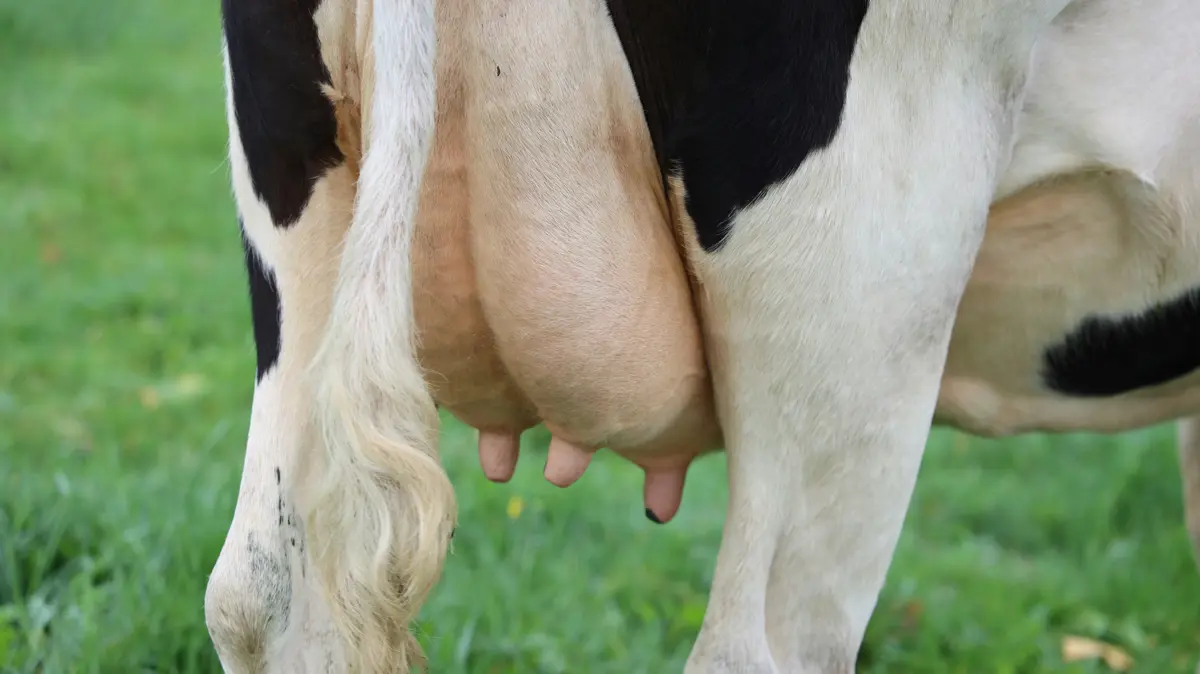
-
Dairy types can be differentiated by soil type, topography and climate factors. Grouped by these factors, they have different inherent risks of contaminants such as N and P being leached into water. These same groupings also have different estimates of minimum and maximum loss rate of Greenhouse Gases (GHGs) to the atmosphere.
The dataset - What is it?
The data shows 24 dairy land types in a table and a map of New Zealand categorized by soil slope and climate conditions. Each dairy type has contaminant values for minimum and maximum loss rates for Nitrogen(N) and Phosphorus (P). Each dairy type has minimum and maximum Greenhouse Gass values for methane, nitrous oxide and carbon dioxide.
Why it's important
The variation between dairy sites in contaminant losses and greenhouse gasses is challenging for mitigation. Every site has different vulnerabilities and risks that management practices will need to individually address.
-
-
How to use this information safely
-
Fitness for purpose / limitations
This table indicates whether the dataset is suitable for different types of questions at different scales.
Note: Users should carefully consider their purpose as this dataset may not be suitable.
Operational
Absolute
Relative
Screening/scoping
Block/farm
No
No
No
No
Multi-farms(5+)
No
No
No
No
Catchment
No
No
No
Maybe
National/regional
Maybe
Maybe
Yes
Yes
Caveats
Rainfall data used for developing dairy types is limited to three categories, which is too coarse for determining losses at scales equivalent or smaller than catchment. The modelled output relies on the accuracy of the Overseer model for dairy systems, while the dairy management data is based on DairyBase data for the 2019-2020 production year. No data exists for dairy type 'Irrigated + Easy + Poorly Drained' (number 20) due to the absence of DairyBase data for this combination of attributes. Dairy types Irrigated + Easy + Well Drained (number 22) and Irrigated + Easy + Light (number 24) were modelled as a single type due to the relatively small areas of each; type was modelled using Well drained soil. GHG losses do not include emissions from raising youngstock.
-
-
-
Please note:
You can use this information to help understand dairy typologies and their associated loss rates for N, P and GHG emissions.
Locate and explore different uses for your whenua
Tell us a bit about your whenua and priorities you and your whānau hold. Our tool will present some different uses for your whenua that may help you achieve these.

A new tab will open shortly and will take approximately 30 seconds to generate your PDF. Please Do Not close your browser.





